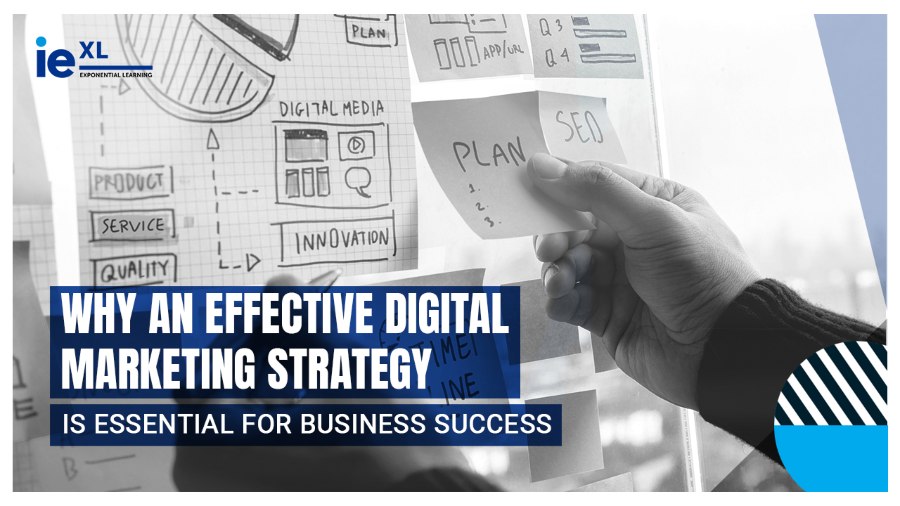Are social shares a good metric?

Before we set out to do anything in digital marketing, we should make sure that in the end goal we are trying to set is SMART. You might be wondering why SMART has capital letters, but this is a methodology fundamentally useful in all things digital marketing. That is known as the SMART goal-setting method. While there are various iterations of the method, for this article, a good way to think about SMART objectives for digital marketing is using this set of terms:
- Specific
- Measurable
- Achievable
- Relevant
- Time-bound
Any metric we choose when deciding to carry out any component of our dmarketing strategy should have that in mind.
The reason for asking this question relates to content marketing, which is part of your overall digital marketing strategy. The content you put out on your different channels should be properly optimized for the benefits a channel can give you. You’re not going to write a 1000-word blog post on Facebook, but you would post that text on your blog. Therefore, you could post a link to your blog on your Facebook page as well as tweet it. For Instagram, since the only place you can have a link is in the bio, you can temporarily change that link to your blog post. And as marketing becomes more and more metrics-based, there is a question of which content marketing metrics are worth tracking as part of your KPI reports. As you produce content over time, the idea is that you can track which content best performs and adjust your global strategy to stick with what works.
Now, to answer whether social shares are a worthy metric or not
This leads us to social shares. Kristen Poli from Contently says that she gets concerned when clients say: “[w]e don’t care if people share our content. We only care about generating leads and conversions.” Even though she is not surprised about this development, since there are more and more sophisticated metrics coming about for content, there is still, in her point of view, some value in social shares. It may not have the same panache as the engagement rate and finish rate that are trackable with methods like behavioral targeting and advanced monitoring that can give you a more inside view into the audience your content has, but tracking how many shares your content gets on social media platforms has a lot of benefits.
The way content performs on social media, as Poli indicates, is a good measure of its overall effectiveness. One way would be in how your content performs on a search engine. Since 85% of all consumer web search is organic, your Search Engine Optimization (or SEO) is fundamental. Poli cites a report from Searchemtrics that found that “…there is a 20 percent rank correlation between Facebook signals and organic search ranking, a mark that has remained steady over the past few years. As of 2017, links that held the first position on the first search results page for a given keyword were correlated with over twice as many social signals as the link ranked second.” Our takeaway from the Contently article is that making content easy to share on social media is a good way to organically grow your brand’s audience (and considering that no one has an unlimited budget, it makes the need to increase organic growth even more fundamental). This, in turn, will help get the leads and conversions that are so heavily sought after and continue to foster the bonds you have with your already-existing customers.
Wait a second; social shares aren’t the same thing
Going back to those who care about leads and conversions, there is a finding regarding social shares that could be a turn-off for some. Advanced Web Ranking recapped a BuzzSumo and Moz study that sought to find out if there was a correlation between the number of social shares and the links that a piece of content could get. After analyzing 1 million articles, the results were disappointing: “…no correlation, let alone causation, between social shares and links pointing to an article.” For those looking to use pieces of content as part of their inbound strategy, that is certainly discouraging.
They also cited an experiment conducted by Farhood Manjoo which found that there was no correlation between the amount of shares articles from Slate got on Twitter with how many pieces were completed. They also mentioned a HubSpot study that “people retweet content without even clicking on the links they share.” As these examples highlight, it could be that by looking at social shares you are not concentrating your efforts on trying to get your audience to engage with your brand using content.
Overall, the argument from those who do not find them of value is that there appears to be not a strong enough of a case for seeing an authentic engagement between users and the brand from merely looking at social share metrics alone.
What’s the verdict?
We spend Module 3 of this HIOP diving deep into everything you need to know to make sure you’re laying out SMART objectives for your digital marketing plan. We do all this to make sure you measure the right KPIs to best track performance and ROI, choosing the right metrics is key. No one ever relies on one metric, so the key is to have a comprehensive measurement plan that includes what is right for your project. That means social shares may work for some brands as a metric to use in conjunction with engagement, but not for others.
Ready to join in on the action?
If you’re dying to know more about the Digital Marketing, Social Media, and Analytics: An Omnichannel Strategy HiOP, check out our homepage and click here to get a copy of our informational brochure. And, if you’re already set on joining us, get started on your application.



